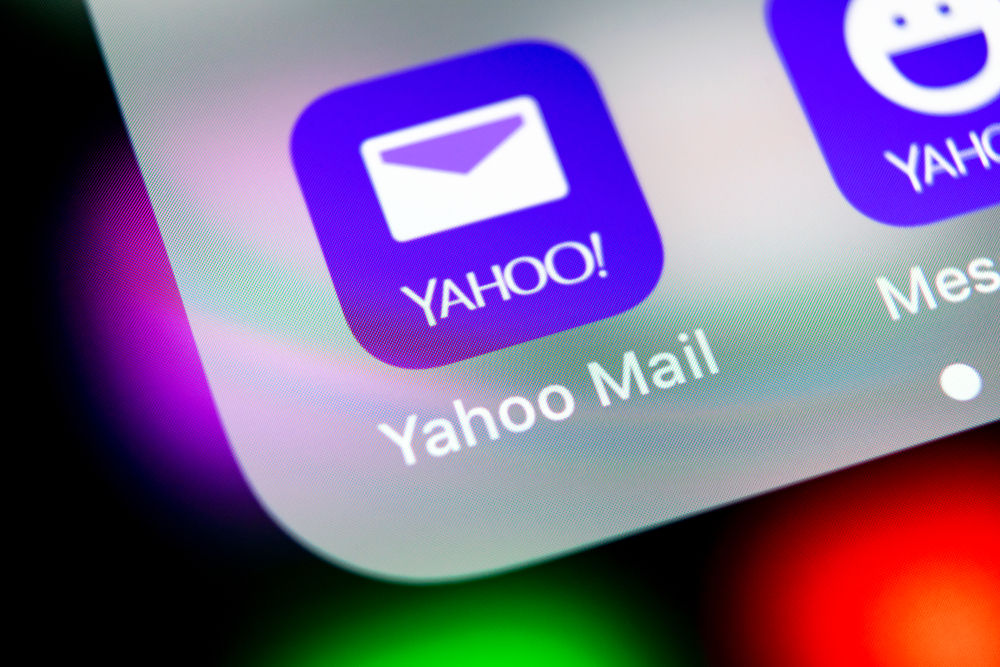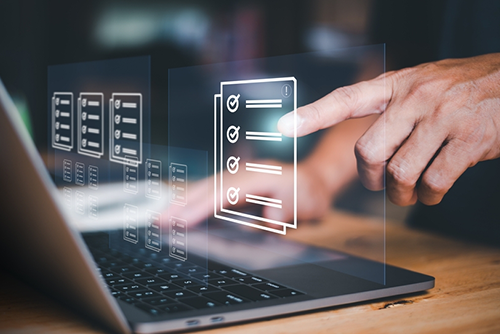Email marketing is as old as digital marketing. It’s the oldest and one of the most effective digital marketing channels for all contexts, be it, B2C or B2B. At the internet mailing giants’ behest, let’s try to understand the new bulk emailing guidelines that are effective starting 1-Feb 2024, by starting with a step back and looking at it from first principles.
Who are the stakeholders and what do they want?

- Marketers (of sellers/businesses/brands): Want the consumers of their products and services to be up to date with purchases, upsold and cross-sold to new products and other offerings, and informed on their new launches. For eg. Nike’s Brand Management Team.
- Consumers: Customers of businesses and brands who rely on email and other channels for important order-specific as well as marketing updates. For example, you 🙂
- Email Client: The software application that allows one to create, access, send, and manage Email messages over the internet infrastructure. For eg. Gmail and Yahoo Mail.
- Email Service Provider: Software companies that make it easier for marketers to run their mass email campaigns with advanced capabilities, monitor performance, and engage their Consumers with their brand’s websites and resources. For example, Netcore.
- Marketing Automation Tool: A software that helps marketers orchestrate omnichannel marketing campaigns on top of their Consumer audiences. For example, Lemnisk’s Marketing Automation suite.
How do the above stakeholders co-exist in the realm of email marketing?

Marketers, with the help of an Email Provider run their email marketing campaigns where they have to adhere to global, regional, and Email Client-established marketing regulations to ensure diligent and honest email marketing practices, such that the consumers are informed, not spammed, and their business identity is resolved; not spoofed for malicious and deceptive email fraudsters.
A CDP-led Marketing Automation Tool provides the marketer with the one-stop driving seat to have the clearest view of their consumer base and insight into the right channels to organize their multi-channel marketing strategy with the real-time reports and analytics module to monitor and improve their campaigns.Click here to know more.
What is the new guideline from Gmail and Yahoo Mail (Email Clients)?

Gmail and Yahoo Mail strengthened their email sender identity and subscription guidelines to ensure the marketer’s identity is dignified and the consumer’s inbox only receives the emails that they should.
- Reduce Spamming: It is not uncommon for Consumers to be spammed with over-the-top email frequency from a business.
- Ensure untampered Business Identity: Email marketing is not devoid of fraudsters. “Spoofing” is when an email sender is disguising an identity that they are not. Business marketing teams often have a hard time battling the commonplace fraudsters that reach out to their audiences for various malicious agendas – trying to phish their personal data, monetary cybercrime, etc.
Trivia: Gmail and Yahoo combined have about 34% share in the Email Clients market.
Detailed guidelines

Gmail and Yahoo have categorized “Bulk Senders” as any business entity that communicates via e-mail, to an audience of over 5000 recipients per day. In practicality, that is typically going to be any brand/company/e-commerce or an influencing entity with a sizable market presence.
Here is a checklist of extant guidelines for sender verification. Starting 1 Feb 2024, “bulk senders” are now required to follow these additional steps regarding their email sender Identity and subscription management:
-
-
Publish a DMARC record for your domain: Domain-based Message Authentication, Reporting, and Conformance (DMARC) tells the recipient’s email servers what to do if the sender domain doesn’t pass SPF or DKIM specified by you.
-
A Sender Protection Framework (SPF) record of your sender domain defines the servers as well as domains that are authorized senders of your business. (businesses do have multiple sender domains, for eg. @nikeshop.co, @nikestore.com, @nikeglobal.com, note that these may not be actual domains belonging to Nike, but they help convey the point).
-
A DomainKeys Identified Mail (DKIM)key against your domain is how the recipient server identifies and resolves your business email identity.
-
Either of the above is required for you as a mass email marketer to ensure your marketing emails don’t land up in spam and keep spoofing at bay. Email fraudsters attempting to spoof your identity will be flagged at DMARC authentication (they will not have the same SPF/DKIM certificate as yours).
-
-
A One-click unsubscribe methodology
is to be followed for promotional and subscribed emails: Email clients are ensuring you don’t give your audiences a hard time trying to unsubscribe from your mailing list. This not only backs your consumers with responsible marketing but also ensures your email delivery and click rates are not inflated by an unwilling audience.
What will happen if I don’t comply with the new guidelines?
If your business senders are provided by Gmail and/or Yahoo mail and you don’t ensure the additional steps are covered, soon your outbound emails will be rejected or directed to the recipient’s spam.
How shall I go about taking the required actions?
Both Gmail support and Yahoo Mail support have provided crisp and step-by-step guides on how to go about taking forward the additional actions. Here’s a link to Gmail and Yahoo Mail’s master directions article. Additionally, you may reach out to your Email Service Provider for prompt personal assistance.
By Karansingh Bisht | Associate Product Manager at Lemnisk
References
-
Google Product Update
-
Yahoo Product Update
-
Master Directions from Email Clients:
-
Preventing Spoofing and Spam with DKIM
-
Email Clients Market Share
-

Leave a Reply